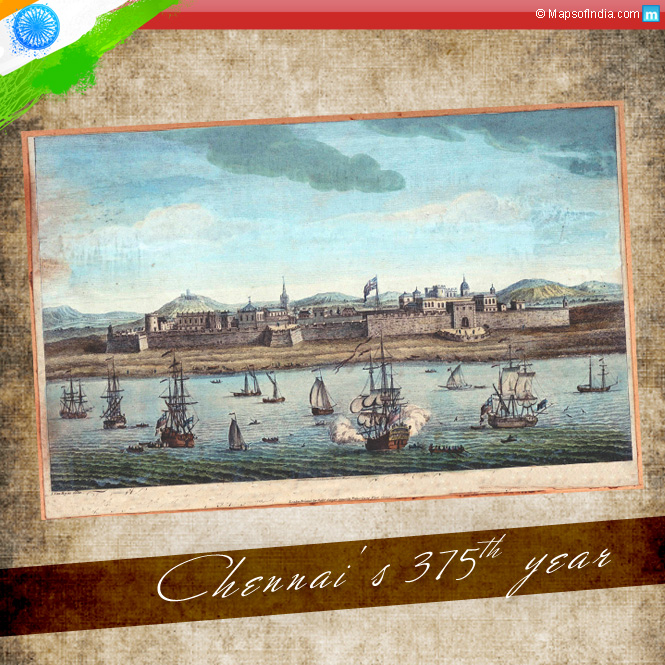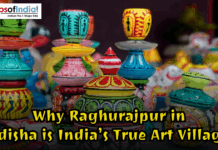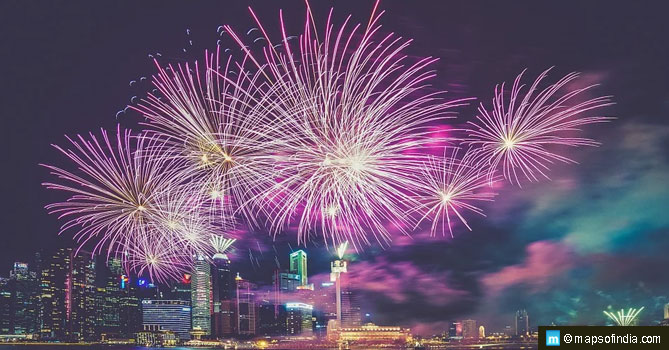Madras or Chennai as it is known today was founded with the signing of the agreement between the East India Company and the then Nayaka ruler, on Aug 22, 1639, which allowed the British to establish a trading outpost in what came to be known as Fort St George. That was the beginning of the establishment of the Madras Presidency.
In 1682, the first bank called Madras Bank was established and the University of Madras was established in 1857. Over the years, Madras transformed itself both in name and character and is a thriving cauldron of heritage, culture, people, fine arts, technology and science. Chennai continues to evolve.
One of the oldest cities of India, Chennai has over 400 heritage buildings and for old timers Chennai still brings out the nostalgia of the lazy days back then. Walking down Mount Road to spend the day browsing books at Higginbotham and then moving onto Saravana Bhavan for a bite. Weekend shopping was invariably in Pondy Bazar and no trip was complete without visiting Naidu Hall for everyday clothes. Any event in the family meant a visit to Nalli Sarees or Kumaran Silks, in Pondy Bazar. Weekend evenings saw one heading for Marina Beach, which by the way is the second longest urban beach in the world, all of 6 kms.
Tradition and modernity
While Chennai was never the fast paced bustling metro like Mumbai, it had its own pace of life and character, very different from those of Mumbai or Kolkata, both of which had and have their own identities. Chennai always seemed like a pendulum swinging between tradition and modernity, between classical and urban, between heritage and contemporary, between the saree and the jean, between the filter kapee and cappuccino, between idli sāmbhar and the burger, the city never stopped evolving but has steadfastly held on to its heritage.
So how does Chennai handle its contradictions between heritage and the contemporary? How does GenX deal with the richness of the past and modernity of the present?
The older generation still swears by the past and the Chennai of yesteryear and insist that Chennai is still the same at heart but grudgingly admit that they themselves graduated from the traditional Madras lungi/dhoti to a pant in everyday life. Though in the same breath, reaffirm their loyalty to listening to the divine strains of MS Subbulakshmi!
So what’s a day in the life of GenX? Like any other metro the younger generation of Chennai today has big dreams and is already on the path of setting up his goals for the year, be it a must visit to the Chennai Super Kings match or to catch up with the latest Rock show happening a month later or for that matter the forthcoming SAT, GMAT or JEE exams, all taken in stride.
While the older generation hold their breath with dismay on their kid’s latest obsession with Facebook, WhatsApp or FarmVille, the teenagers are busy planning their next project for school. The youth in Chennai are different from the older generation. They are much more open to ideas and have been amongst the first to adopt technology into everyday life. In fact, Chennai was one of the first cities to adopt Wi-Fi in a big way. Chennai of today is extremely tech savvy and the city boasts of a large tech population that is moving towards the next breakthrough in tech.
Churidar kurta and the jeans
Just a couple of decades ago, a walk into a Loyola or Stella Maris would have you seeing a range of young women students, almost all in a range of sarees. Not so anymore, today the most common dress worn by young girls and working women is the churidar kurta. The youth, of course, is increasingly turning to jeans. This perhaps is the most visible difference that one can see if the last time you visited Chennai was a couple of decades ago!
If the Fort St George symbolizes the proud heritage of Chennai then the IT Tidal Park personifies contemporary Chennai that is all about science, technology and embracing the future. Chennai never stopped evolving. From being home to traditional industries, Chennai has emerged as India’s Detroit, cornering about 40% of the share of automobile and auto parts industry.
Perhaps the best example of evolution can be seen in the cinema and music industry. The movie industry held on to older technology and film making techniques for a long time. However, it began to change gears through the 80s and today the cinema and the music industry boasts of the latest in film production infrastructure that will make Mumbai look like a dump yard. The level of professionalism in both these industries has forced Bollywood to build closer ties here, as also shift a lot of production to Chennai.
Lifestyle changes is only natural for a bustling city. In the earlier days, weekends meant family gathering and lunches in each other’s homes or watching a musical or fine arts performance in the local community hall. Today, a typical weekend will mean a visit to a Mall, lunch or dinner at McDonalds or KFC followed up with watching the latest release of a Rajinikanth or a Bruce Willis movie.
Ilyaraja, Coldplay & Ceylon Roll
While traditional foods like idli sāmbhar, dosai and rasam-rice remain all-time favourites, the new generation seems to be all in for pizzas, burgers and shakes. The Ceylon Roll (read Kathi Roll) continues its popularity and peacefully co-exists with the traditional thali.
Like any other metro in India, the IT and BPO crowd like to spend the weekend unwinding at their favourite pub. They are as comfortable listening to Ilyaraja, as they are with Coldplay. Social drinking has increased amongst the youth, which faces the constant debate between earlier values and contemporary lifestyle.
Chennai may have held on to traditional rituals and habits longer than the rest of India but it was always a progressive society. What may seem visible signs of change from the past by way of dress or food, the spirit of Chennai has remained the same and that is to explore the new, adopt the best and value the past. This is seen across all Tamilian NRIs worldwide and those that have returned home, after several years overseas. Each of them values his heritage in spirit and thought, while adopting contemporary lifestyles. This is truer for Tamilians than other communities of India that have lived overseas.
In its 375th year, Chennai continues to stand tall and proud, while its citizens continue to evolve in thought and embrace all that is new. It’s a work in progress.






